 Linux 6.11 has been released a week ago, the day before Open Source Summit Europe started, but as a large part of the Bootlin team was attending this conference and the immediately following Linux Plumbers conference, we are only posting now our usual blog post about our Linux 6.11 contributions.
Linux 6.11 has been released a week ago, the day before Open Source Summit Europe started, but as a large part of the Bootlin team was attending this conference and the immediately following Linux Plumbers conference, we are only posting now our usual blog post about our Linux 6.11 contributions.
As usual, we warmly recommend our readers to look at the articles from LWN.net covering the 6.11 merge window (part 1, part 2) to get a good high-level overview of the major new features and hardware support added in 6.11. CNX-Software also has a useful article on the 6.11 features relevant for embedded platforms.
From a Bootlin perspective, we contributed a total of 120 commits in this release, making us the 19th contributing company by number of commits, worldwide, according to the statistics. In addition to those 120 commits authored by Bootlin engineers, we reviewed and merged 76 patches from other contributors, as part of the Linux kernel maintainer role of several Bootlin engineers (Alexandre Belloni as the RTC and I3C maintainers, Miquèl Raynal as the MTD co-maintainer, and Grégory Clement as the Marvell platform maintainer).
Continue reading “Linux 6.11 released, Bootlin contributions inside”


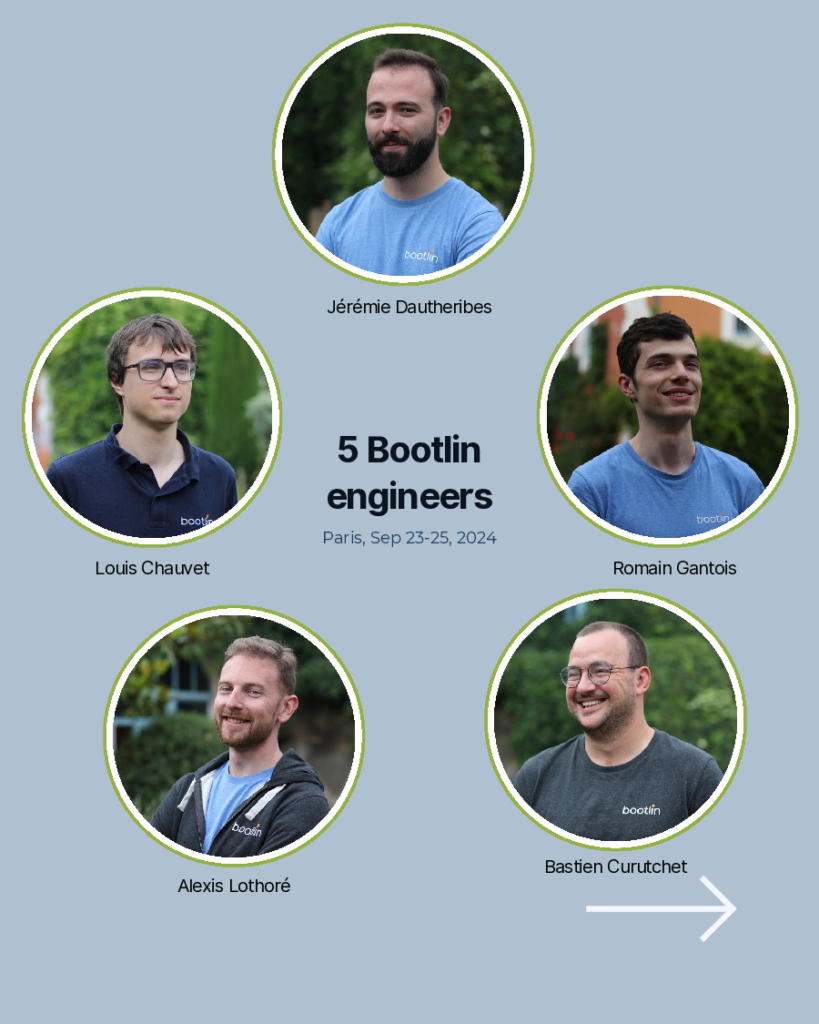
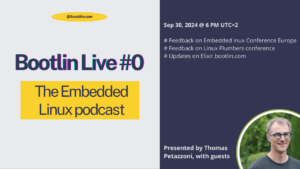

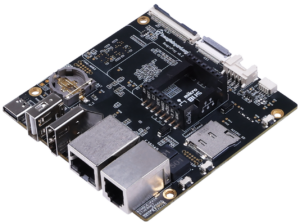
 Back in
Back in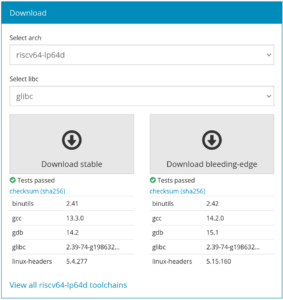
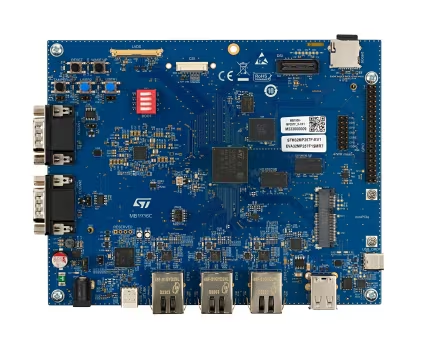 We are happy to announce a new release of our
We are happy to announce a new release of our  Over the past few years, we have been contributing to the
Over the past few years, we have been contributing to the